Up Next

It’s always good to see old-school tracks returning to the calendar, even though it will be a slightly different version of Imola that is used for Formula 1’s return this weekend compared to the one last raced on in 2006.
But Imola has changed many times since the death of Ayrton Senna in 1994 and the latest version will suit today’s grand prix cars better than some of the previous ones.
The pit straight brings back some of the speed that the track had in 1994 thanks to the elimination of the final very tight left/right chicane that used to bring that cars onto the straight, meaning it’s now a blast from Rivazza 2 to Tamburello.
There are still chicanes to reduce the speed through Tamburello and Villeneuve, then a section that’s a bit like Portugal with its topography changes up through Piratella and down to Acque Minerale, then later to Rivazza 1.
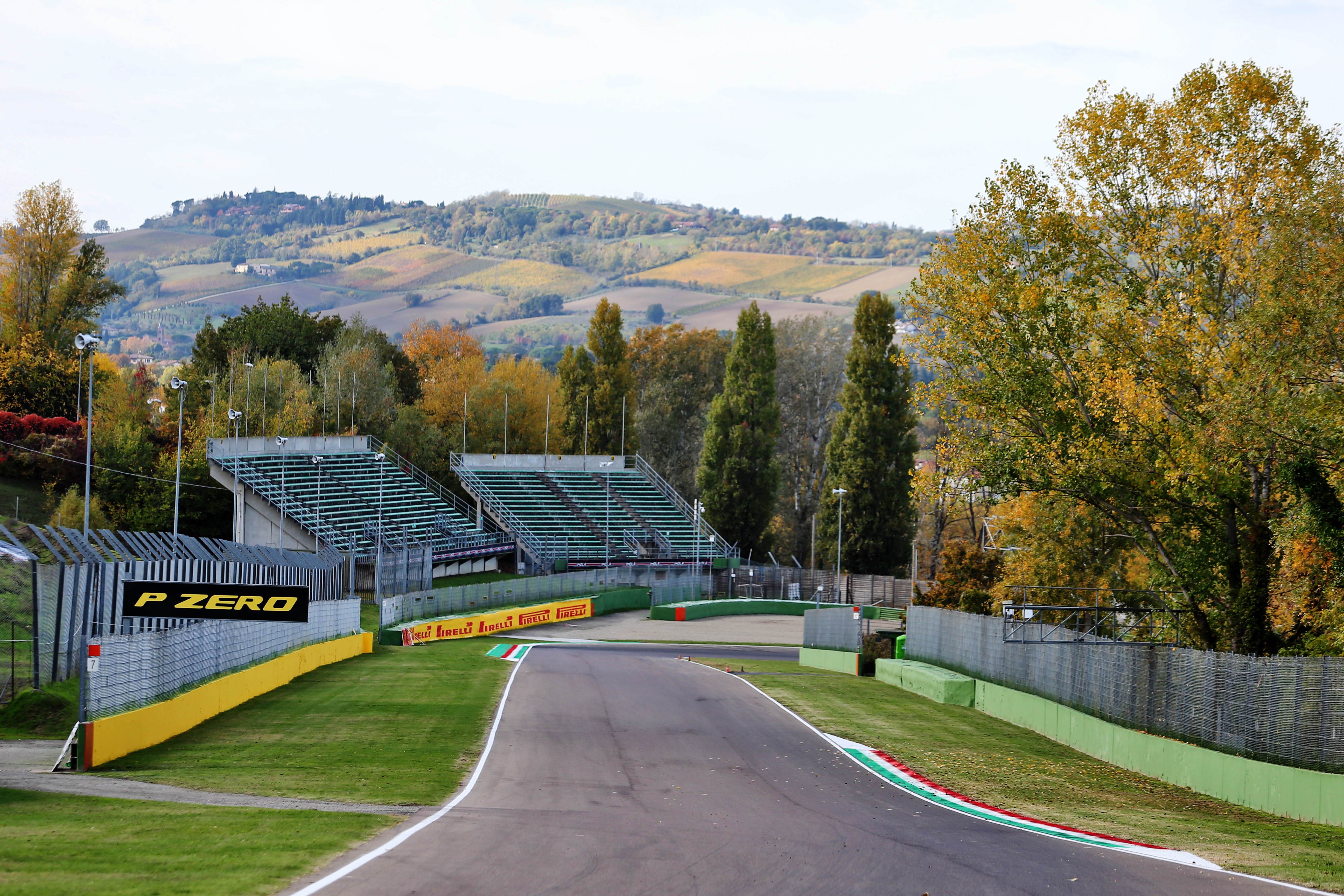
This makes the braking quite inconsistent from corner to corner given the changing attitude of the car, which is just another challenge.
This is the first planned two-day Formula 1 event, although we effectively had a trial run at the Nurburgring thanks to no running taking place on Friday there.
At Imola there will be just one 90-minute free practice session, then a two-and-a-half hour gap before qualifying on Saturday.
So any planning for Imola needs to take into account that the practice running will be potentially two-and-half hours less than normal.
I say ‘potentially’ because as we usually see, not all teams make full use of the time on a three-day weekend, with quite a lot of time spent sitting in the garages waiting for the track to clean up.
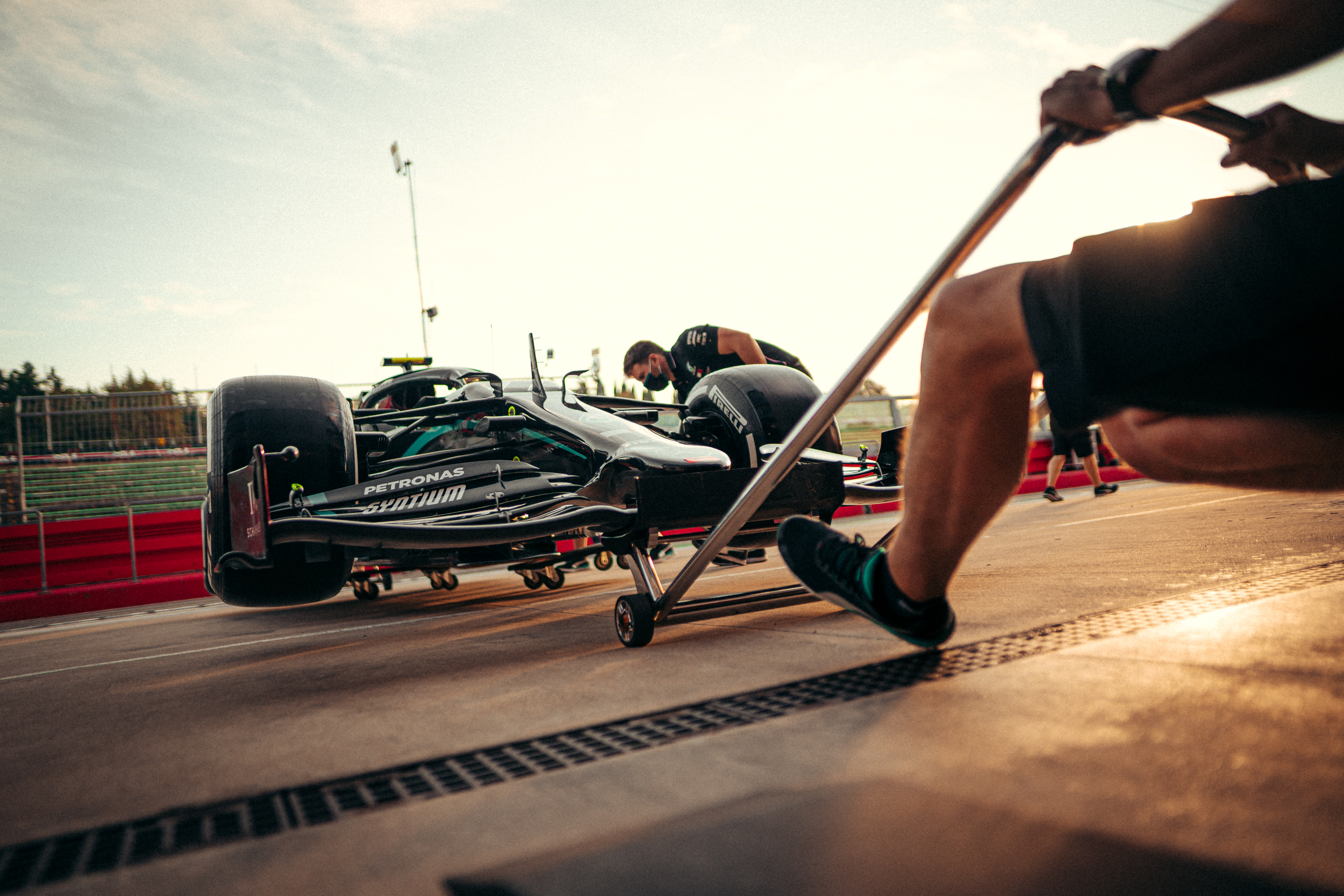
Because of the way this season blends into the next, teams will still want to keep their development work going so I would expect them still to plan some tests for the first half-hour of the Saturday morning session.
You don’t want to get too adventurous, but as the midfield battle is so tight, anything that can give you that tenth-of-a-second could be critical. And remember, one position in the constructors’ championship can be worth around $10million, so that’s a lot of money to the smaller teams in particular.
After that initial test period, the driver will have a reasonable idea where the track goes and the circuit will be cleaned up that little bit, so it will be time to get into the normal Saturday morning procedures. Everyone coped with it at the Nurburgring, so it should be no surprise at Imola.
As normal, the biggest problem will be the tyres. Normally, practice two runs at a similar time on the Friday to the race on Sunday so, weather permitting, it’s the best time to do your tyre evaluation.
That won’t be possible at Imola, so for tyre understanding the track conditions in practice will be quite different from what the drivers will experience in the race and that work will need to be compressed into your performance running.
My plan would be very similar to what I suggested for the one-hour session at the Nurburgring and is designed to make maximum use of the available time. As usual, the teams will have done plenty of pre-event simulation to get the car prepared as well as possible, but you never know until you get there exactly what the grip level will be like.
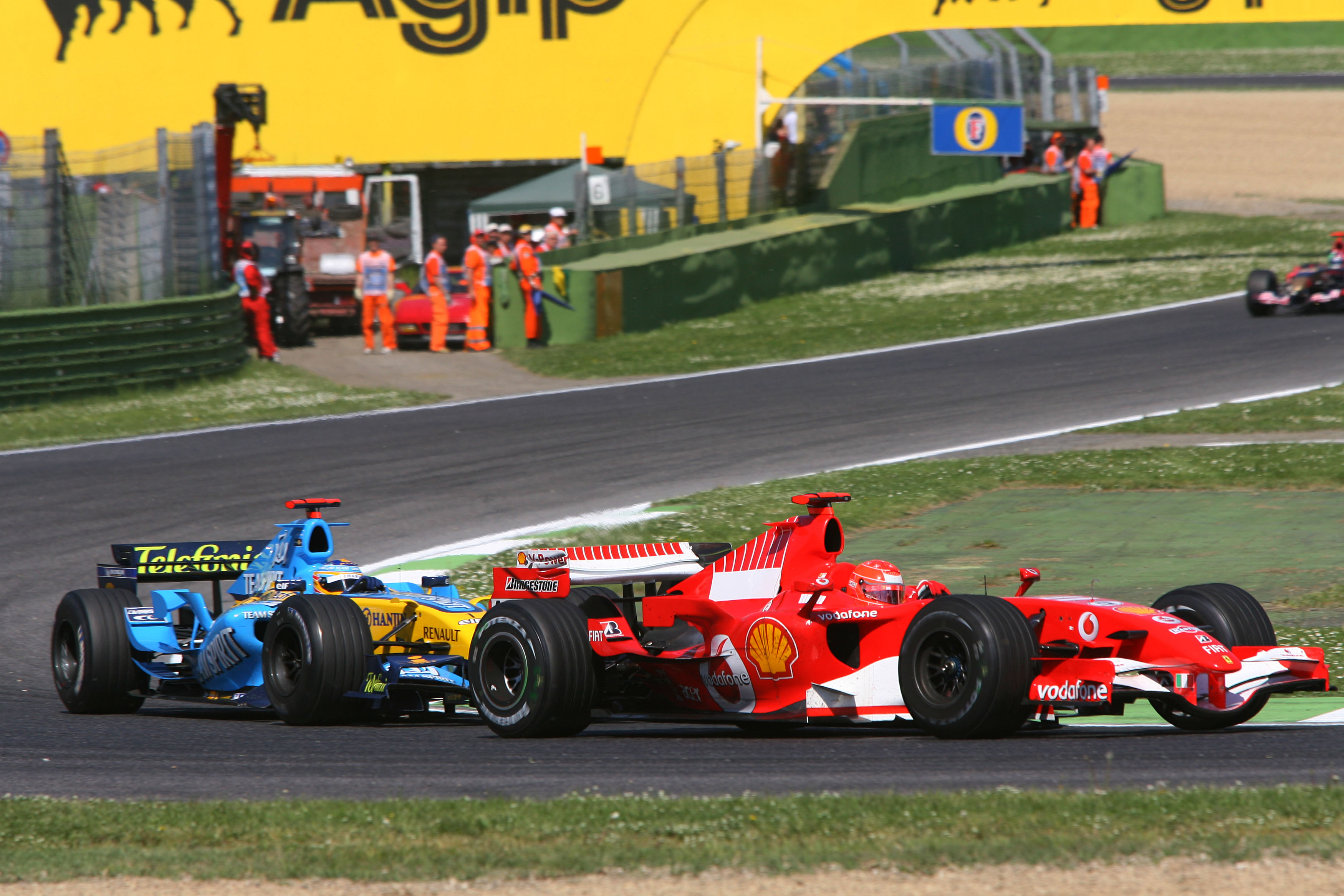
And any data from the past is from a different configuration of the circuit and with F1 usually visiting at a much warmer time of the year. Plus as it’s autumn, there’s going to be plenty of leaves flying round so that has to be factored in in terms of allowing a little excess cooling in case you get some caught up in the radiator ducts.
So I’d plan to put a reasonable fuel load in the car to go straight out and do roughly a 10-lap run on the medium tyres.
Have a quick tinker with the set-up, fit a set of soft tyres and do a performance run. The car will still be about half full of fuel, but the teams will know what the lap time should be with low fuel.
Then, using the same tyres, go through the pits stopping in the pit box for a quick reduction on the front wing angle, conduct a practice start at the end of the pitlane and go for a long run on the same soft tyre to build your understanding of the tyres for the race start.
With about 10 minutes left, come into the pits, fit a new set of softs and go again for a second performance run so you are ready for qualifying.
To achieve all this, you need to keep a close eye on the clock and adjust the programme to suit because things won’t always go as planned. And as we saw in Portugal, it’s easy for a red flag or two to cause problems and delay running.
With only two-and-a-half hours before qualifying, the main objective for the driver is to bring the car back to the pits with all four wheels still attached. Imola is an old school track and has changed dramatically since those dark days in 1994, but it’s fairly easy to damage the car with any off-track excursions, so leave a little bit of a margin for when you might need it later in the day.
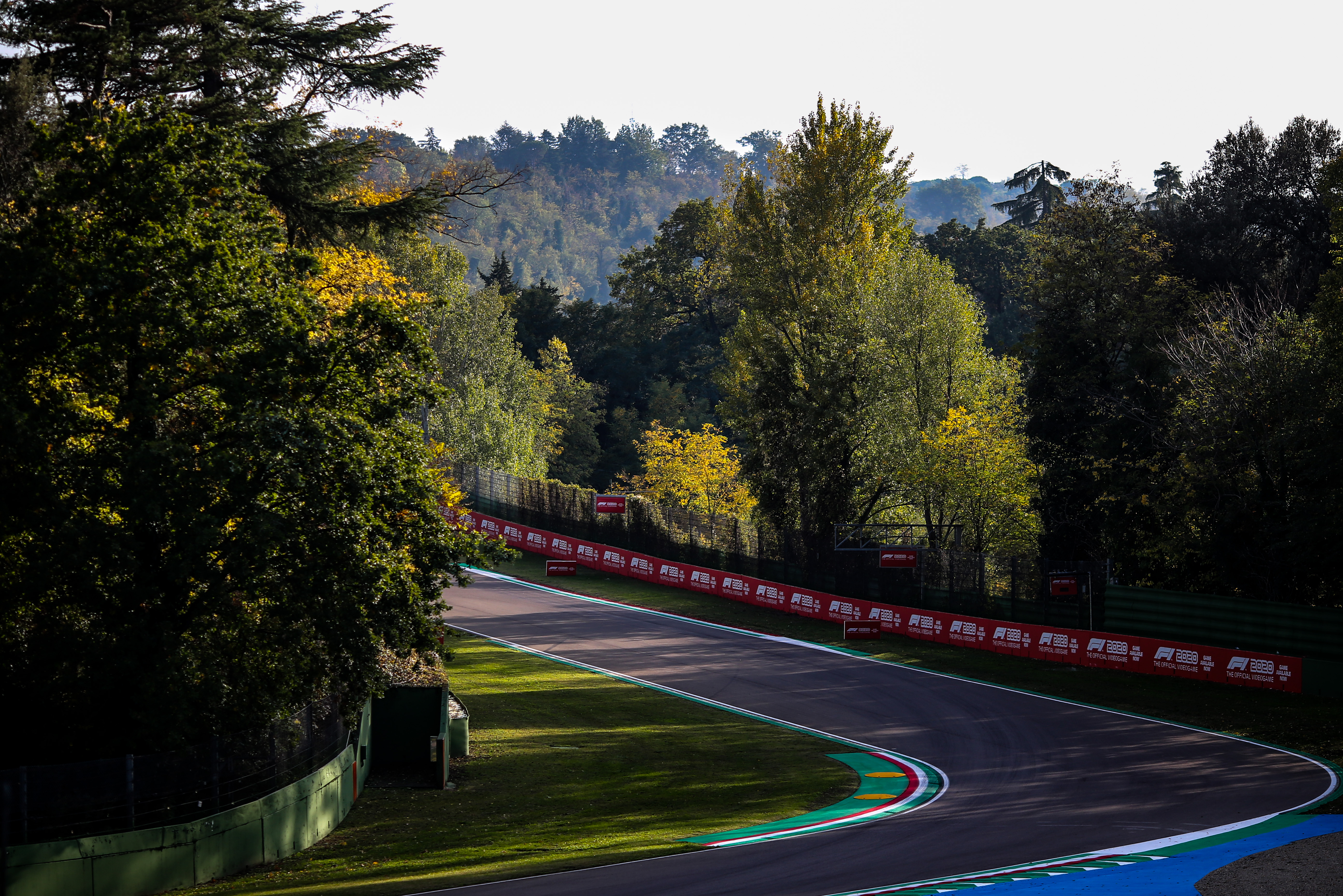
I think that the Nurburgring showed that whether it’s a three-day or two-day weekend, the end result is going to be fairly similar.
But I am interested to see how Red Bull goes because this could be the best chance it has all season to take on Mercedes.
Remember, AlphaTauri ran its 2020 car here on a filming day in June and I’ve no doubt that anything that it learned will have flowed to the big brother team. If nothing else, its track data for the simulator will be as up to date as possible. This could allow the two Red Bull teams to hit the ground running because I’m sure that knowledge will have been shared.
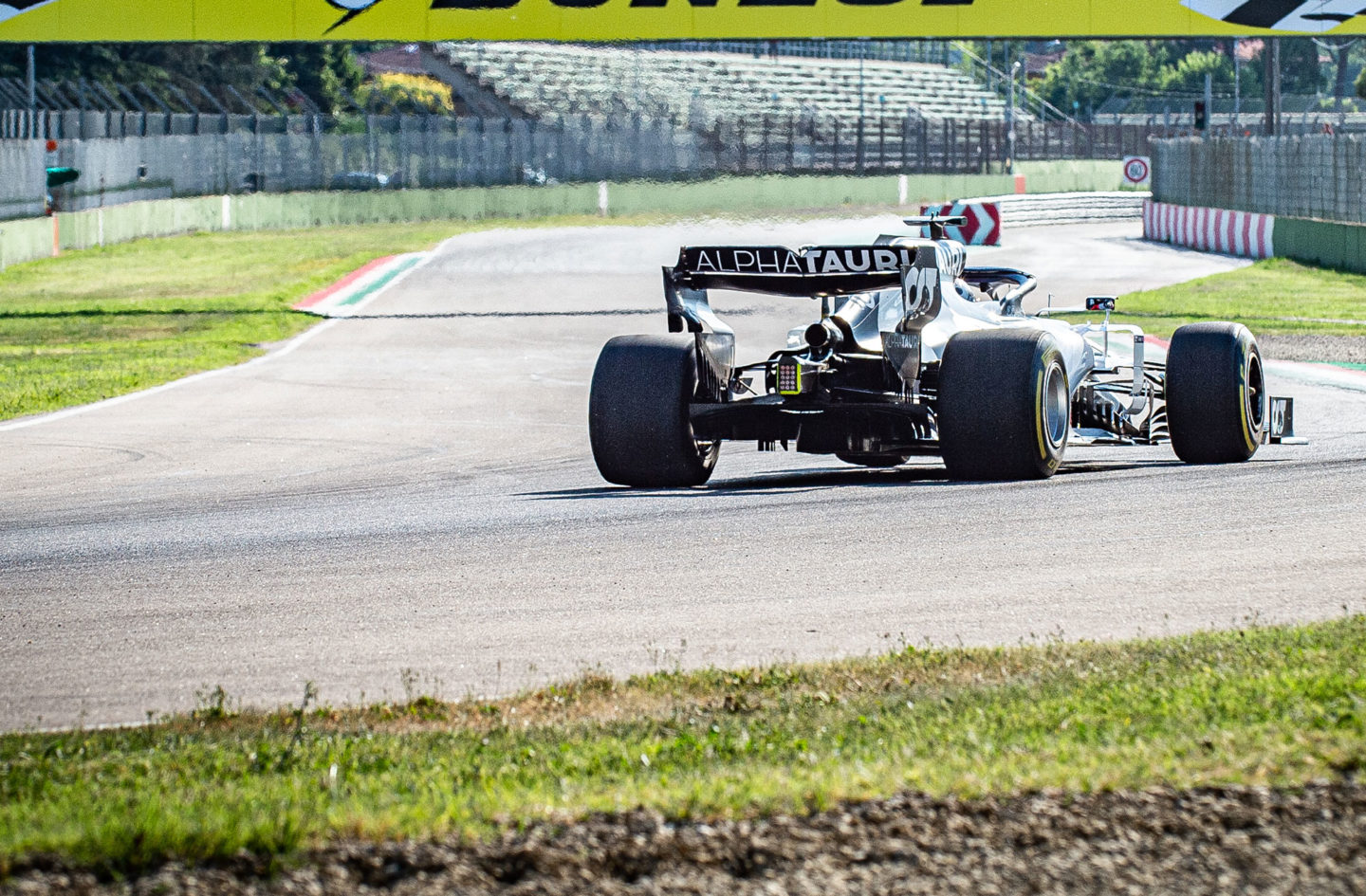
The big question is, will two-day weekends become the norm? I think for a year or two, half and half would be a good compromise. Under normal circumstances, at some tracks there are not many spectators on the Friday and also when you have a double-header it would give a little more time between races if the second race was a two-day event.
For the other races, the Friday practice sessions could be used as test sessions. The teams can test their new bits and only run junior drivers that have not started more than two F1 races can participate in them. This way, it would be in all the teams’ interests to invest in and give their up and coming stars some seat time.
After all, we need to find a mechanism to recognise the next Lewis Hamilton. The system as it is just doesn’t work.





